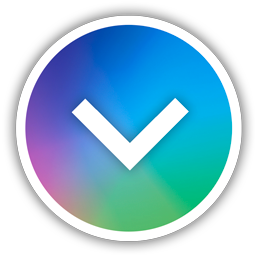Accuracy to GRACoL (Process)
Best for instruments with scanning capabilities, using the ChromaChecker CC-112 four-row control strip (112 patches). Features include variation checks, GRACoL solids comparison with SCCA compensation, Ink GPS for ink guidance, a ChromaChecker-developed G7 calibration engine (Idealliance certified), Dot Gain (TVI) curves, and the ChromaChecker E-Factor for device stability and comparison. The CC-112 contains all patches required for Proof Certification according to ISO012647-7.
CC-112 is perfect for
- Evaluating how close a given print is to the standard—e.g., GRACoL.
- What is the difference between the two prints?
- Allows prioritizing which of several devices should be corrected first to achieve better consistency.
- Qualifying Printing Conditions—defining the minimum number of ICC profiles for correct reproduction on multiple substrates, assuming a permissible error, and identifying the best representative for a given group.
- Finding the closest profile from the library for a given print can reduce the need for profiling when accepting the calculated error.
- The E-Factor calculated based on 112 patches is representative and very well describes the quality of color reproduction. The 95th percentile means rejecting the six worst-performing measurements.
- CC-112 internally replicates selected patches – even a single measurement allows for the evaluation of variation.
- Despite the limited number of patches, G7 or TVI calibration is an efficient solution, often used in ongoing production, eliminating the need for dedicated printing.
- CC-112 is the fastest way to measure a given print's benchmark (printer, substrate, inks, settings) – a self-audit can be performed almost immediately.
The project is accompanied by images used for visual E-Factor testing. In many places in the ChromaChecker system, you can see a visualization of the E-Factor value based on the same images. Now, the user can see the result and see the difference in the attached pictures. ChromaChecker, through E-Factor, combines the human perception of differences across entire images with a metric parameter.
Recommended Instrument: most instruments with scan capability
- X-rite: I1 Pro, i1iO , i1iSis, eXact (1 or 2)
- Techkon: SpectroDens
- KonicaMinolta Myiro-1, Myiro -9
- Calibrate ColorChecker Studio (X-Rite Color Munki)*
Reference:
- GRACoL (it is easy to change by the owner of the Project)
- Tolerance Set
- SCCA is ON
- Measurement Conditions - M1
_________
Calibrate ColorChecker Studio doesn't support M1 and requires bigger patches - please learn how to print
________
ColorChecker Studio is an M2 instrument - the requested measurement Condition is M1; however, the user can learn basic principles, forgetting about the accuracy of measurements




